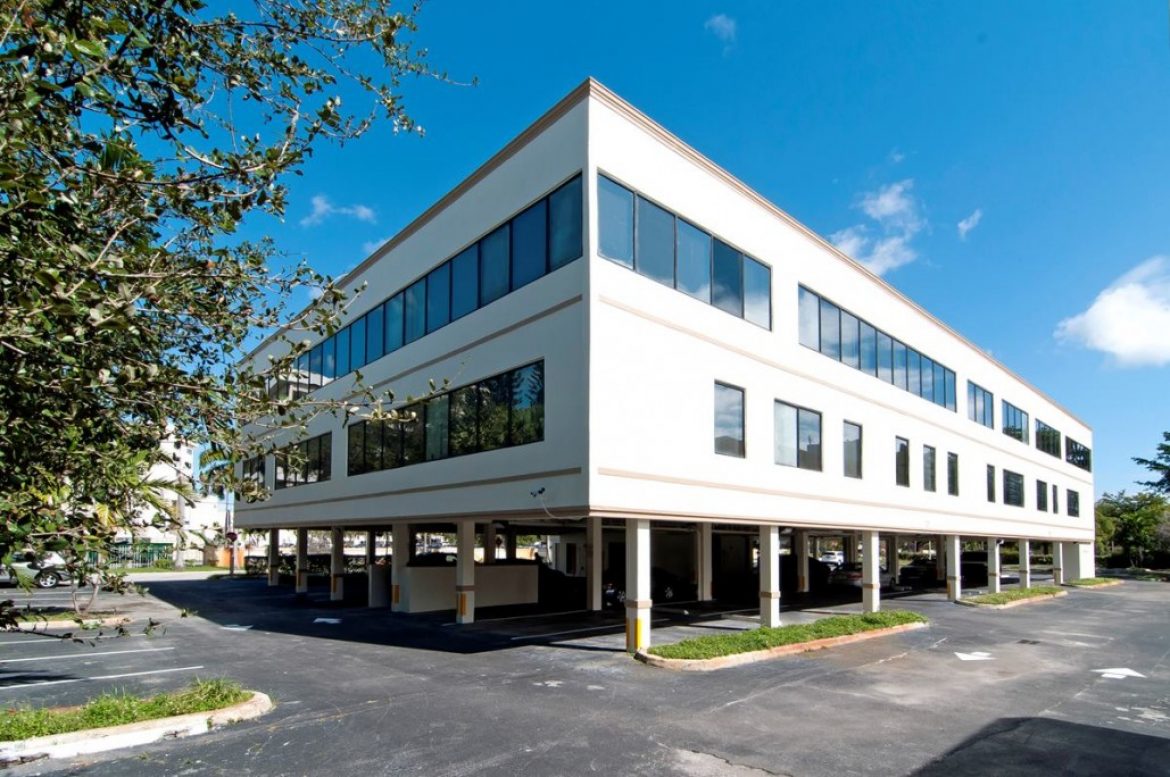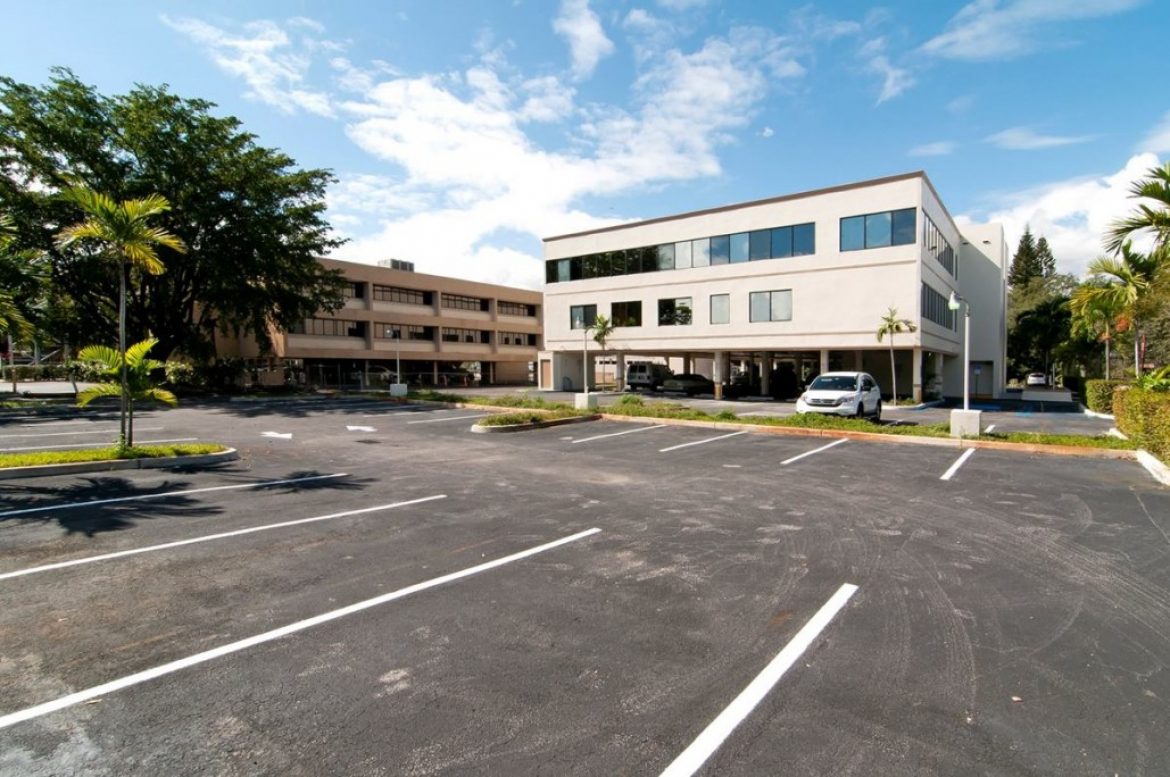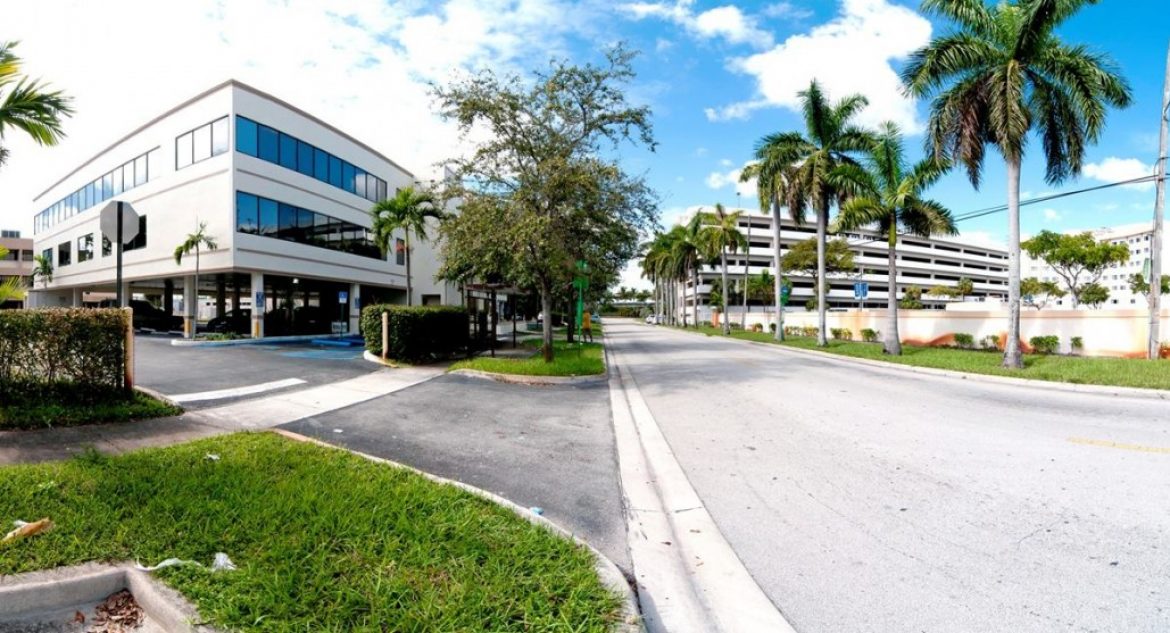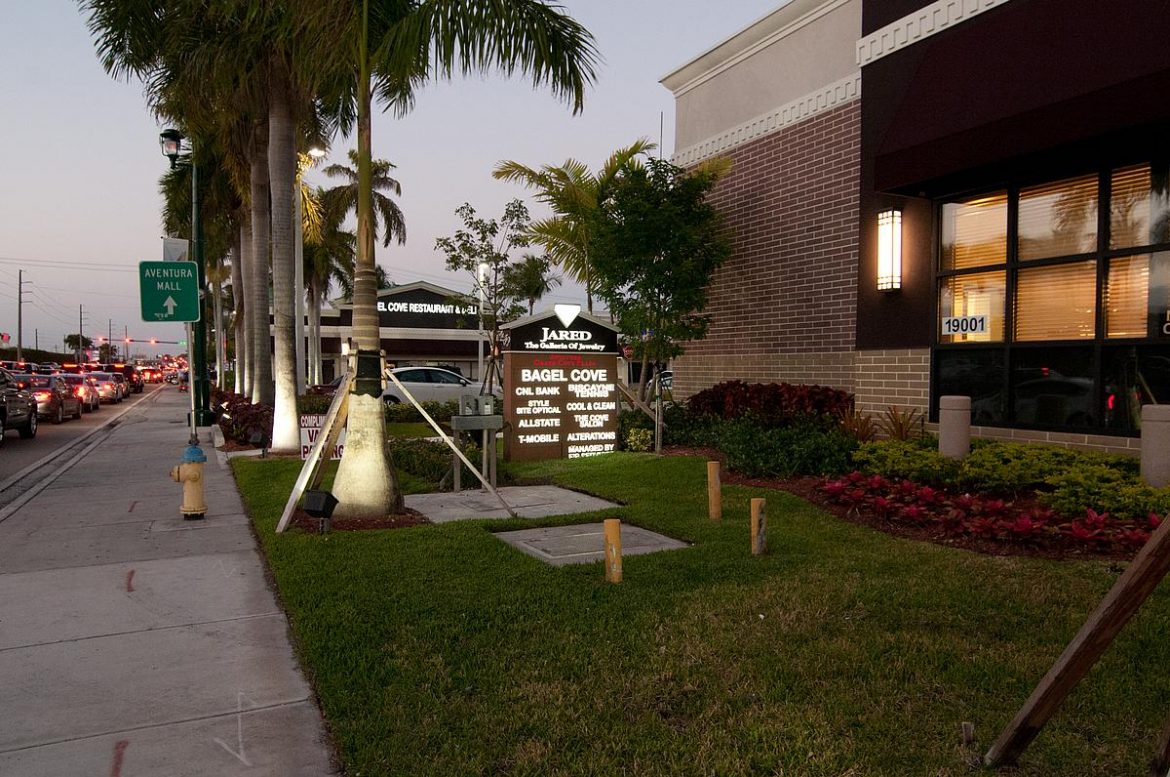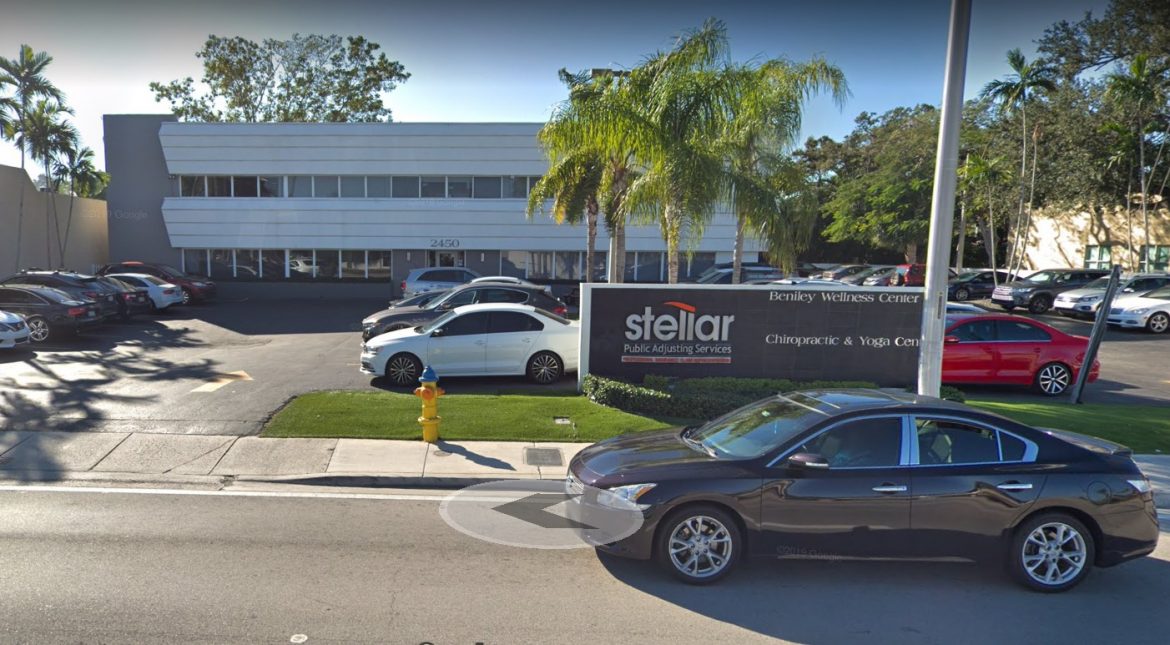Never mind COVID-19. People in South Florida appear ready to eat and shop.
From West Palm Beach to the commercial enclaves of Miami, shoppers are cautiously easing back into the fold, but with a preference for open spaces, familiar brands, things to do besides shopping and, of course, safety precautions against the coronavirus.
In turn, a new stable of retailers has taken notice. Many are replacing those who failed during the early stages of the pandemic, confident they can adjust to changing consumer needs and preferences, analysts and developers say.
“People are looking for more of an experience similar to Wynwood [in Miami], where you have an integration of art and fashion and events and drinking and retail,” said Dave Preston, executive managing director of the real estate service firm Colliers International in Miami. “It’s much more interactive and reengaging and more modern. Consumers are raising their expectations. That’s what they’re looking for these days.”
According to a survey of buying habits by the Boston consulting firm McKinsey & Company, consumers nationwide are increasingly supporting local retailers.
“Community spirit is high,” the survey concluded. “People are shopping more with local brands, both for convenience and to support their community: 46% are shopping in closer neighborhood stores and 80% feel more or as connected to their communities. Meanwhile, 88% expect these connections to remain long after the crisis is over.”
The prescription appears to be in play in West Palm Beach, where the Related Companies of New York completely made over the decades-old CityPlace enclave. Now known as Rosemary Square, the area consists of a 72-acre residential and commercial neighborhood with a growing roster of new retail and restaurant tenants supplemented by art and cultural exhibitions.
Within the last half of 2020, the developer has welcomed the outdoor gear retailer Yeti and clothiers Lululemon, Faherty and Nantucket Whaler, as well as Solid & Striped, a designer swimwear chain.
A contemporary shoe and accessory brand known as mint&rose is now open, while West Elm, the home furnishings retailer, is expected to open its doors in the summer, a Related spokeswoman said.
Newly opened restaurants include Fish Bowl at High Dive, a pop-up seafood eatery serving light bites and drinks on an outdoor terrace, Pura Vida, which serves juices and health-conscious sandwiches, soups and salads, and Bonita’s, a pop-up tacos and tostadas outpost.
Restaurants scheduled to open in early to mid-2021 include Barrio, a covered outdoor restaurant serving classic Latin neighborhood street food, Planta, a plant-based eatery and True Food Kitchen, which specializes in health-conscious food and drink.
“We’re optimistic. It’s a process, this doesn’t happen overnight,” said Gopal Rajegowda, senior vice president of Related Companies. “The good news for 2021 is that there’s a vaccine on the way.”
Even before COVID’s arrival, he said, the retail world was changing as people moved to buying online and away from the free-standing malls.
“We had a Macy’s in the middle of our district that was built 20 years ago,” he said. “The department store is not the right energy. Things change. Times change. You’ve got to evolve with the times. You’ve got to react to what the market wants.”
That means offering plenty of space to walk around and events such as public art displays.
The old Macy’s — closed three years ago — is being displaced by a 21-story luxury residential tower with retail on the ground floor.
Other enclaves around the region are reporting similar stories.
In Delray Beach, the largest food hall in Florida is set to open next spring at 33 SE Third Ave. with space for 25 vendors.
In Fort Lauderdale, three to four would-be tenants are in negotiations for space along the Las Olas Boulevard commercial district, said Charles Ladd, president and principal of Barron Real Estate. He declined to name them.
Pending new arrivals in early 2021 that have been announced include a GreenWise Market, an Eddie V’s Prime Seafood and a Cuba Libre Restaurant and Rum Bar.
“We’re lucky. We’re in an area that has dynamism and growth,” Ladd said. “If you’re in Nowhere, Georgia, or Missouri, and you have a mall where a Kmart left, you’ll see it sit there for 20 years.”
At the toney Aventura Mall in upscale Aventura just south of the Broward-Miami-Dade County line, new retailers and six new restaurants announced openings in late November.
Nearby, a Brightline high speed rail station is under construction. Although the line suspended service due to COVID-19, business leaders expect the rail line’s eventual resumption will deliver large numbers of potential customers to the area’s doorstep.
A demand for open, smaller spaces
Claudio Mekler, CEO of Miami Manager, a Sunrise-based operator of shopping centers in Coconut Creek, Doral, Sunrise, Plantation and West Palm Beach, said he’s seen a “healthy demand” for retail space over the last six months from store owners who want to occupy vacated areas, or to relocate to spots where consumers feel comfortable shopping during the pandemic.
“For the most part, they are local and regional retailers,” he said. “We are receiving a significant number of inquiries from local and national casual dining restaurant chains seeking to either enter the South Florida market or expand their footprint in this market. The local restaurants want small spaces to do mainly pickup and delivery due to current demand for those services.”
He said it takes up to six months to open a store, so by signing a lease now, an owner “will be able to open by the time the pandemic is more under control due to the vaccine and other factors.”
“Retailers are seeing that consumers are learning to live with the pandemic and getting smart about shopping safely, choosing curbside pickup and more,” he said.
They are catching on to a consumer preference for shopping in places “not confined to the inside of a mall.” So some owners are leaving closed-in malls for more open spaces, he said.
Consumers, Mekler added, “are tired of being at home 24/7. They are increasingly venturing out to connect with the world out there. Our tenants are doing a lot better than they were doing several months ago.
“We have a retail center in West Palm Beach that is home to Kohl’s and Dick’s Sporting Goods and the parking lot in that retail center has been packed in recent months. Our retail tenants are slowly seeing their businesses come back. They still have a way to go to be where they were 10 months ago, but they are optimistic.”
A river runs past it
Along the Miami River west of Brickell Avenue in Miami, the River Landing Shops & Residences occupies more than 8 acres in a complex that is poised to welcome nearly a half dozen retail tenants between now and mid-2021. They include an Ulta Beauty, Ficelle Boulangerie & Patisserie, Sapphire Prive Med Spa, Pediatric Dental Center, and Aspen Dental. A new Planet Fitness just opened its doors.
They’ll be joining a Publix, Ross Dress for Less, Hobby Lobby, Burlington Stores, Five Below, Chase Bank, Old Navy and AT&T, which opened earlier this fall. A Chick-Fil-A and a T.J. Maxx are also scheduled to open in the first quarter of 2021.
Andrew B. Hellinger, a principal of URBAN-X Group, a real estate development and advisory firm that oversees the River Landing development, said it’s becoming a magnet for people from both inside and outside Miami.
“I got a phone call last week from a lady asking if we were open and was looking for something to do,” Hellinger said. “If the shops were open, she was going to shop. She was from West Kendall. We get a lot of people coming out just to check out the property. They walk up the various floors of the project and take selfies. It’s exactly what we had hoped would happen — that residents of the county would come and hang out.
“We know they’re shopping because our retailers are reporting strong activity in their stores,” he added.
Between people’s desire to escape their homes after being cooped up and the sheer nature of South Florida’s consumer-based economy, Hellinger believes a retail revival is inevitable.
“I think there’s pent-up demand,” he said. “South Florida is a consumer market. We buy stuff. People are constantly changing what they wear and how they look. Retailers get that now.”
Source: SunSentinel


